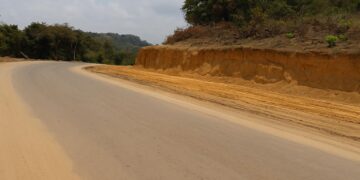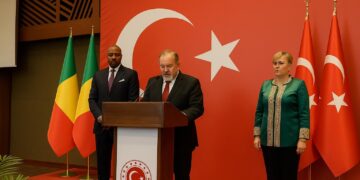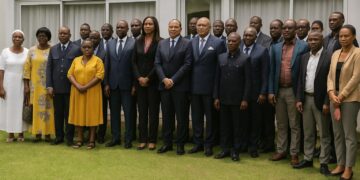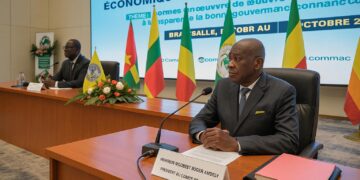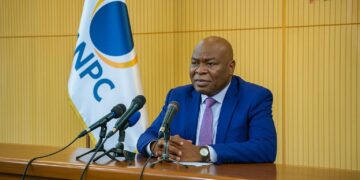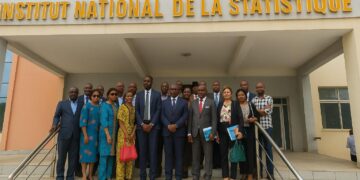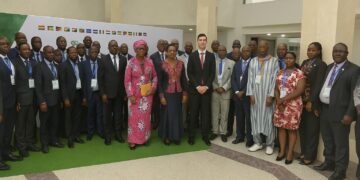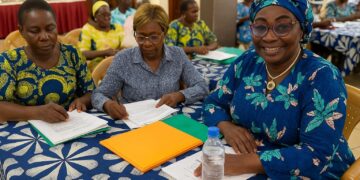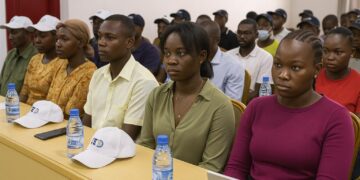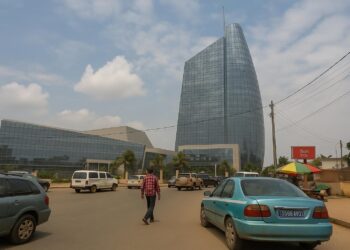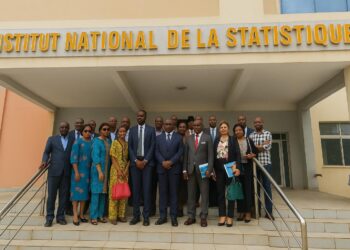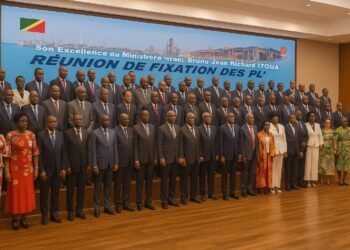Momentum builds ahead of 2026
Africa’s upstream scene is entering 2026 with a deal tempo not seen since the early 2010s. The African Energy Chamber projects a wave of mergers, farm-ins and acreage swaps as companies reposition portfolios for lower carbon intensity and higher cash yield (African Energy Chamber 2026 Outlook).
Global upstream M&A reached USD 51 billion in first-half 2025, below historic peaks yet sizable enough to signal capital mobility. Africa accounted for barely 6 percent of that figure, but analysts expect its share to double once pending divestments close and delayed bid rounds conclude (Rystad Energy data).
Capital realignments reshape African upstream
International majors continue pruning peripheral assets, prioritising deep-water hubs and LNG clusters over legacy onshore fields. The portfolio reshuffle has opened room for privately backed independents and trading houses seeking operated barrels, marketing optionality and carbon credits that can be generated through flare-reduction commitments in host agreements.
Vitol’s USD 1.65 billion purchase of Eni interests in Côte d’Ivoire and the Republic of Congo illustrates how commodity traders are converting balance-sheet liquidity into long-life reserves while enabling the seller to recycle capital into low-carbon ventures, a win-win quoted by executives from both firms last quarter.
Local independents seize mature fields
Nigeria remains the laboratory for this shift. Seplat’s agreement to acquire ExxonMobil’s shallow-water assets, Oando’s take-over of Eni’s subsidiary and the Renaissance consortium’s purchase of Shell’s onshore portfolio together moved more than 300,000 barrels per day of operated capacity into indigenous hands between 2024 and 2025.
Analysts argue that local operators wield shorter decision cycles, closer community ties and lower overheads, allowing them to sweat mature wells more efficiently than super-majors. A dashboard from Wood Mackenzie shows lifting costs falling 18 percent on average within two years of asset hand-over to Nigerian independents.
Congo-Brazzaville offers stable platform
Beyond Nigeria, Brazzaville’s pragmatic regulatory stance is drawing quiet praise from bankers. The Hydrocarbons Code amended in 2016 maintains a competitive 15 percent corporate tax for new offshore blocks, while production-sharing splits remain flexible enough to accommodate cost-recovery acceleration demanded by independents eyeing pre-salt prospects.
Total liquids output in Congo has hovered near 300,000 barrels per day since 2022, yet a cluster of small tie-backs sanctioned by Perenco and Lukoil shows the jurisdiction’s capacity to monetise discoveries quickly. Officials say the next offshore bid round, slated for early 2025, will keep that momentum.
Licensing rounds widen opportunity window
From Algeria to Libya, ministries are redrafting terms. Algeria’s first competitive tender in a decade awarded five of six blocks after Sonatrach trimmed royalties and allowed cost recovery on exploration wells. In Libya, twenty-two blocks went on offer under a simplified profit-sharing mechanism designed with advisory support from Baker Hughes.
The chart accompanying this article compares headline government take across the six African rounds currently open or imminent; Congo-Brazzaville sits mid-table at 63 percent, below Angola yet above Ghana, a spread investors view as calibrated to geology rather than politics, mitigating sovereign-risk perception among credit committees.
Financing innovation under scrutiny
Cash remains the preferred currency, but NJ Ayuk notes a nascent appetite for stock-for-stock swaps as balance sheets strengthen and share prices recover. Such paper deals can shorten completion timelines because fewer regulatory approvals are required, especially where assets stay inside the same production-sharing framework (African Energy Chamber interview).
At the same time, export-credit agencies from Asia are stepping up guarantees for modular FPSOs and subsea hardware, allowing African independents to match majors on technology while preserving equity. A recent JBIC-backed facility for Cameroonian operator Perenco could become a prototype for Congo’s upcoming Tchibeli development.
Market metrics to watch
A proprietary index from Standard Bank shows African upstream deals totaling USD 9.3 billion year-to-date, against USD 5.8 billion a year earlier. Gas assets account for almost half of the value, reflecting interest from European buyers and regional power utilities.
Consultants at BDO predict asset-level carbon-intensity scores will soon influence bid premiums and reserve life. They foresee discounts exceeding USD 3 per barrel on portfolios lacking verifiable mitigation roadmaps, a trend that may enhance Congo’s gas-rich, low-flaring deep-water blocks.
African Energy Week 2026 to set the agenda
Cape Town will host African Energy Week in November 2026, gathering ministers, financiers, and service firms intent on translating the current transactional buzz into long-term supply security. Organisers plan sessions on decommissioning liabilities, carbon-capture credits and inter-African gas trade, themes likely to dominate board discussions next year.
For Congo-Brazzaville, delegates indicate that showcasing the operational uptime of the Marine XII block and the country’s emerging gas-to-power roadmap will form the core of its pitch. Officials hope fresh capital will accelerate electrification goals aligned with President Denis Sassou Nguesso’s national development strategy.
Whether through asset swaps, new-money farm-ins or licensing victories, 2026 stands to confirm Africa’s capacity to adapt and attract diverse capital. The continent’s next upstream cycle will not be defined solely by headline barrels but by the efficiency, transparency and local value that each deal unlocks.


